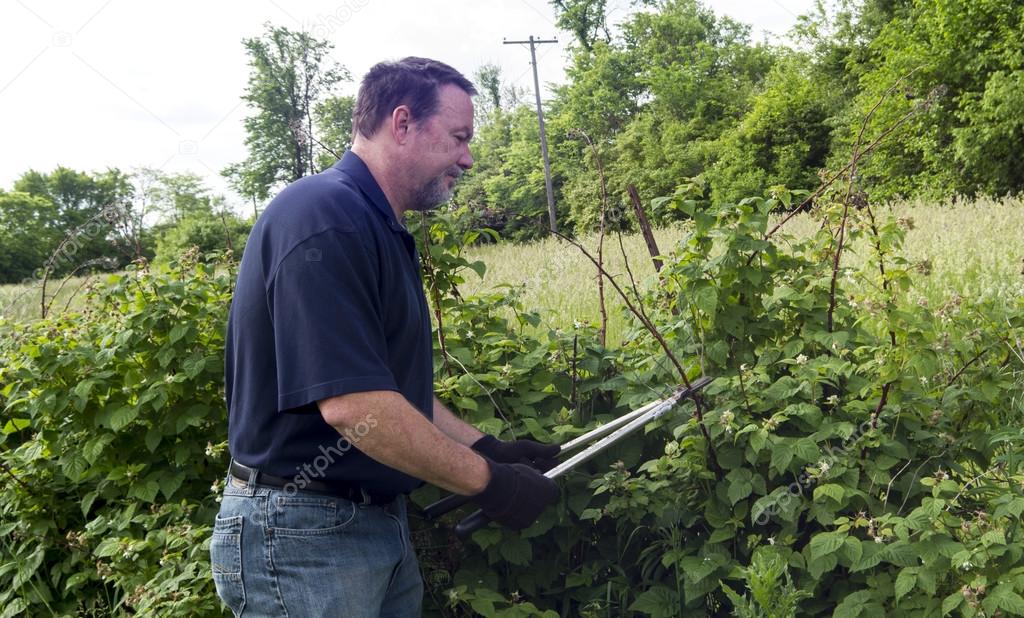

Apply the mulch in the fall following the first season of establishment.ĭepending on the cultivar, raspberries can grow in unsupported hedgerows or by a trellis made of poles and wires. Besides weed control, other advantages of using mulch include moisture conservation, decreased daily soil temperature fluctuation and cleaner picking. Weed-free straw, post peelings, leaves and grass-clippings will all do the job. layer of organic material on the soil surface between the rows). Avoid cultivation once fruit begins to form in mid-to-late June.Ī better option than cultivation for controlling weeds is mulching (placing a permanent 10 cm / 4 in. Remember, 70 per cent of the root system is within the top 25 cm (10 in.) of the soil surface, and deep or careless cultivation may damage the roots.

Raspberries have a fibrous, long-lived perennial root system. Promote vigorous cane growth early in the season with consistent watering and a spring application of a high phosphorous fertilizer, such as 16-20-0.Ĭontrol weeds through shallow (5-8 cm / 2-3 in.) cultivation. There is a direct relationship between fruit yield and cane diameter - the thicker the canes, the larger the fruit. Once canes have entered dormancy in late fall, give them one final watering before freeze-up.

After August, water only enough to prevent stress on the newly formed canes. They’ll require about 2.5 cm (1 in.) of water per week from first bloom to last harvest. In subsequent years, water your raspberries from bud development through to fruiting. Article contentĭo not allow the canes to dry out during their establishment year. This advertisement has not loaded yet, but your article continues below. By the 16th century, they were a common plant in English gardens, and European settlers brought raspberry selections with them when they arrived in North America. The Greeks and the Romans used them medicinally before they were commonly eaten as fruit. Wild raspberries were gathered for thousands of years before they were grown in gardens. The red raspberry is native to temperate regions of North America, Europe and Asia. The genus name, Rubus, is from the Latin word for red, while the species name, idaeus, was named by Linnaeus to honour Mount Ida in Greece, where raspberries supposedly originated and where the Greek gods were said to have gone berry picking. Please try again Article content Some raspberry varieties benefit from support such as trellises. The next issue of Saskatoon StarPhoenix Afternoon Headlines will soon be in your inbox. If you don't see it, please check your junk folder. Manage Print Subscription / Tax ReceiptĪ welcome email is on its way.


 0 kommentar(er)
0 kommentar(er)
